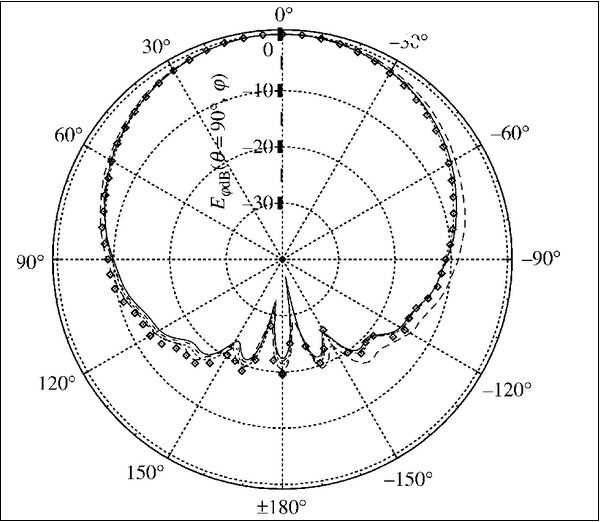
The methodology is illustrated through example.
Microstrip antenna theory Patch#
A design methodology based on coupled mode theory and guided by CMA is presented that allows wideband U-slot patch geometries to be designed quickly and efficiently. The circuit model approximately reproduces the impedance locus of the driven simulation. An equivalent circuit model for the antenna is given wherein element values more » are extracted from CMA data and which explicitly demonstrates coupling between these two resonators. These parameters will be discussed later. The electrical small antenna defines as the largest dimension of the antenna is no more than the one-tenth of a wavelength. Frequency Range The patch antennas are popular for low profile applications at frequencies above 100MHz. These are very low size antennas having low radiation. A metal patch mounted at a ground level with a di-electric material in-between constitutes a Micro strip or Patch Antenna. Additional analysis shows that one uncoupled resonator is the conventional TM 01 patch mode and the other is a lumped LC resonator involving the slot and the probe. The ability of the antenna in focusing power in one direction more than other directions is a measure of quality of the antenna and it is often expressed by the terms gain, directivity, front to back ratio, half-power beam width HPBW, and many other factors and parameters of the antenna. Micro strip antennas are low-profile antennas. Micro strip patch antenna have low profile configuration, narrow. This work uses characteristic mode analysis (CMA) to explain the impedance behavior of a classic U-slot patch geometry in terms of coupled mode theory and shows the relevant modes are in-phase and anti-phase coupled modes whose resonant frequencies are governed by coupled mode theory. A Multiple-Input Multiple-Output (MIMO) antenna system can enhance the overall antenna performance but at having to overcome new challenges such as reducing the. Antenna Theory, Analysis and Design (Second Edition)) microstripant1. This patch is of any planar or non-planar geometry on one side of dielectric substrate and a ground plane on the other side.

Consider the side view of a patch antenna, shown in Figure 4. Apart from the desired merits like very light weight, low profile, ease in integration with feed networks and less cost of fabrication it can also conform to any curved surface 1,2,3.

Patch antennas incorporating a U-shaped slot are well-known to have relatively large (about 30%) impedance bandwidths. The fringing fields around the antenna can help explain why the microstrip antenna radiates. Microstrip patch antennas is an appealing in the theory of antenna and designing attracting many these days for its space borne applications, radars, WLAN, mobile applications, etc.


 0 kommentar(er)
0 kommentar(er)
